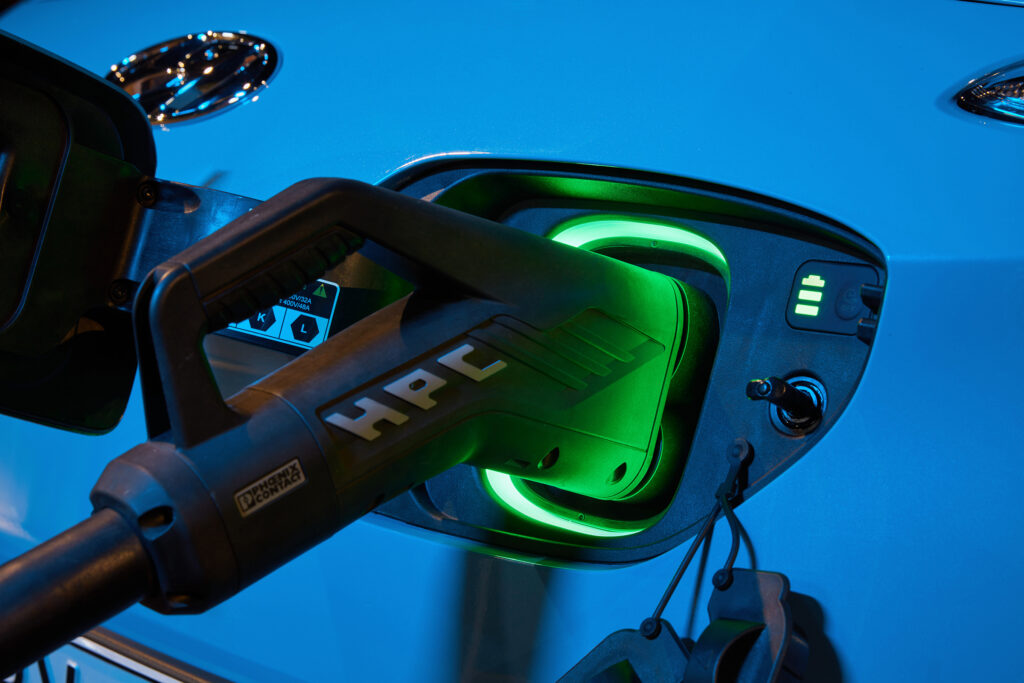One of the problems with communicating and combatting climate change is that it feels immediate and yet far away at the same time, but the recent release of the recent national climate risk assessment landed on our screens like a high-speed splattering turd, or perhaps a loud, wet sneeze by someone standing behind you with ebola.
Yes, we’ve all noticed that the weather is weird, that Sydney can now feel as wet as Melbourne and then as hot as Malaysia, all in the same year, and that feels both pressing and depressing, but to read that by 2050, 1.5 million coastal residents in Australia will be at risk from flooding, erosion and inundation sound far more alarming (if you’re in the mood for more of that, just have a Google of what will happen if, or rather when, the West Antarctic Ice Sheet melts, raising sea levels by as much as 58m).
Which brings us to existential angst – which is worse, it seems, if you have young children and want them to become adults – and the big question of what we, personally, can do.
So here’s one answer – stop thinking about buying an EV and just go and do it. Why? Well here it is one sentence: “The transport sector is the nation’s fastest-growing source of emissions and is set to become the largest by 2030.”
Now 2030, and 2050, these don’t seem that far away, and nor does 2035, the point for which the Federal Government set its latest emissions reduction target this week.
To reach that 2035 target – between 62 and 70 per cent of our emissions in 2005 – the Government, climate modellers and wish casters are banking on a fairly staggering uptick in the number of EVs we’re all expected to drive, and buy.
In fact, EVs would need to make up 85 per cent of all new-car purchases in 2035 for us to meet even the lower end of the new targets, as one report understated it, this puts “pressure on the Albanese Government to maintain costly incentives for EV adoption and drastically increase investment in charging infrastructure.”
Perhaps having another think about introducing road charging, to make EV ownership more expensive, might be wise as well.
Climate Change and Energy Minister – and right-wing hate figure – Chris Bowen has admitted that Australian motorists are not moving anywhere near fast enough in the electric direction.
“It’s been a challenge, because you can institute a reform now, with the average length of service of an Australian car being, you know, well into a second decade,” Bowen told the ABC.
“So you buy a car today and it’s operating for 15 or more years and so it takes time to turn that around.”
And that’s just not going to be anywhere near quick enough, obviously. Bowen pointed out that his Government’s NVES emissions standards legislation had greatly increased the number of EVs on the market in Australia, which is all well and good, as long as people buy them.
The published advice from the independent Climate Change Authority, chaired by another right-wing hate figure in former NSW Liberal energy minister Matt Kean, says even the lower end of the goal can only be achieved if half the light vehicles – cars, motorcycles, SUVs, vans and utes – sold in the next decade are electric.
Does that seem about as likely to you as a teenager throwing away their phone and taking up reading books? I mean, it’s not impossible, but with electric vehicles – including BEVs and PHEVs – currently making up just over 10 per cent of the light vehicle market today, according to the EV Council Australia will have to ramp up to that figure being at 85 per cent by 2035.
It seems like a lot of cars, a lot of attitudinal change, and a lot of currently non-existent charging infrastructure. To that end, the government has just announced $40 million – otherwise known as a drop in the ocean – to support public charging infrastructure on power poles.
Fortunately, Alison Reeve, the energy and climate program director at the Grattan Institute, says the goal of EVs totally dominating new-car sales was high but achievable, pointing out that we’d already gone from a 4 per cent share in 2022 to the soaring highs of 10 per cent today.
“As long as you get the logistical side sorted so that you don’t have too many people who are facing that charging barrier, then, yeah, I think you can do it,” she said.
Now look, there’s far too much pessimism when it comes to this kind of thing, so I’m going to fight the urge to say that when you set yourself a goal of losing 20kg, the first 2kg is the easiest, and it gets a lot harder from there.
So, instead, I will just say again. We need to buy more EVs, drive more EVs, and get our polluting old vehicles off the roads. Governments will do what they can to help, but really, at a personal level, if you don’t want to engage with more scary figures from that climate report – like the fact that heat-related deaths in Sydney will soar by an estimated 444 per cent in Sydney if temperates rise by just 3 degrees C, do your bit, do what you can. And do it now. Buy an EV.
And while you’re at it, I’m going to go and shout at someone in government about actually getting on with replacing diesel trucks, and their enormous and dangerous emissions, with hydrogen ones.
But that’s another story.


